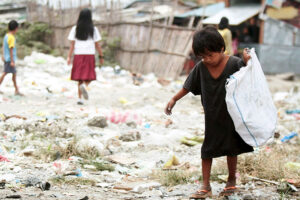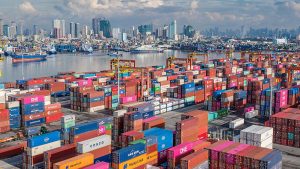CHILD LABOR in the Philippines has dropped by 24% to about 513,000 in 2024 from 678,000 a year ago as the government seeks to end child labor in the country, according to the Labor secretary.
“Despite this progress, we will continue to be aggressive and relentless in our efforts. We have mainstream child labor elimination in our Philippine Development Plan and our Philippine Labor and Employment Plan, where we set zero child labor by 2028,” Department of Labor and Employment (DoLE) Secretary Bienvenido E. Laguesma said in his livestreamed address to the International Labour Organization (ILO).
The government implements its anti-child labor mandates through the National Council Against Child Labor, headed by the Labor secretary, with the Social Welfare department as co-chairman. Its members include the secretaries of Education, Health, Interior and Local Government, Justice, and Agriculture.
Mr. Laguesma added that the Philippine government had converged its resources and efforts to end child labor in the country.
“These efforts would show that with political will, interagency convergence, and grassroots engagements, with the participation of the tripartite partners, progress is attainable even in the face of challenging environments,” he said.
In a report dated June 11, the ILO said the Asia-Pacific region had shown the most significant reduction to 28 million or accounting for 3.1% of the region from 49 million or 5.6%.
The highest incidence of child labor was logged in Sub-Saharan Africa accounting for about 87 million with a prevalence of 21.5%, noting that the total number has remained stagnant against the backdrop of population growth.
The report also showed that there were still 138 million working children globally, with about 54 million of them working under hazardous conditions. This was a 22 million reduction from the ILO’s 2020 report, where it saw a significant spike in child labor.
“Children belong in school, not in work. Parents must themselves be supported and have access to decent work so that they can afford to ensure that their children are in classrooms and not selling things in markets or working in family farms to help support their family,” ILO Director-General Gilbert F. Houngbo said.
“But we must not be blindsided. We still have a long way to go before we achieve our goal of eliminating child labor,” he added. — Adrian H. Halili






